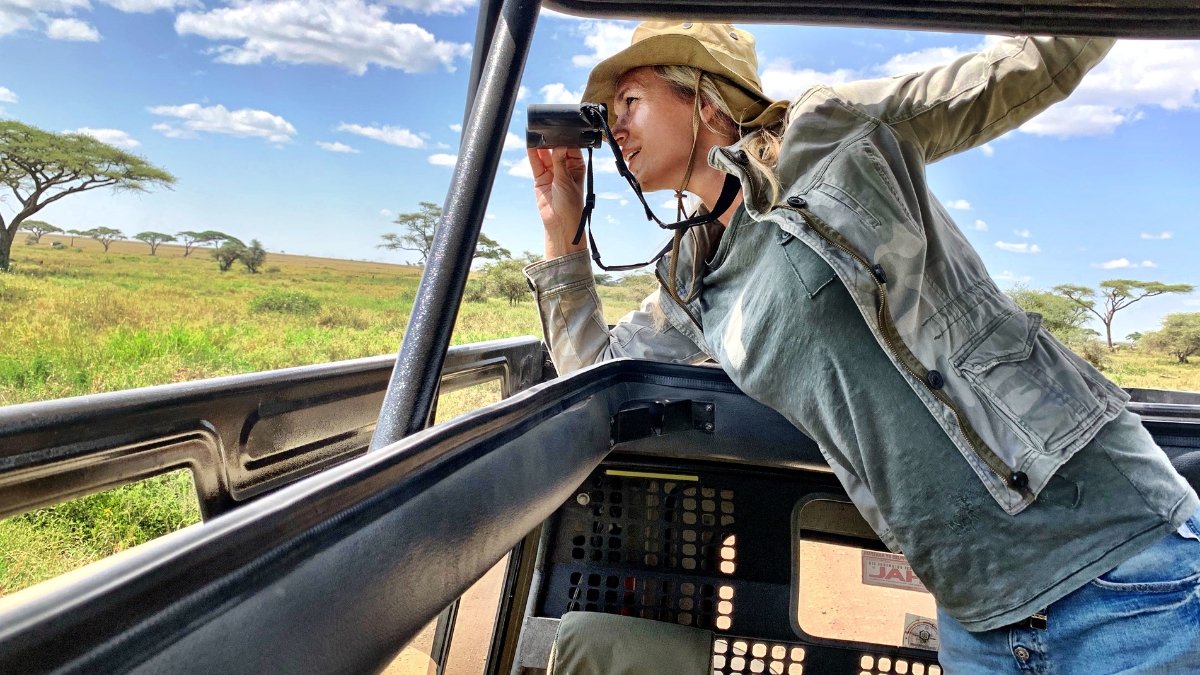Free boondocking spots with reliable internet seem impossible to find. You want to camp for free in remote areas, but still need internet for work or staying connected with family. Most wilderness camping locations offer zero cell service, leaving you completely cut off from the digital world.
You might spend $600+ on Starlink equipment and $50-165 monthly for service, only to discover it doesn’t work at your favorite camping spots. Trees block the signal. Mountains create dead zones. You waste money and miss deadlines because you picked the wrong location.
But park rangers and experienced RV campers solved this problem in 2024-2025. They tested Starlink at dozens of popular boondocking areas across the western United States. The results show 23 confirmed locations where Starlink delivers 50-200 Mbps speeds reliably.
Park Rangers Revealed: 23 Free Boondocking Spots Starlink Actually Reaches
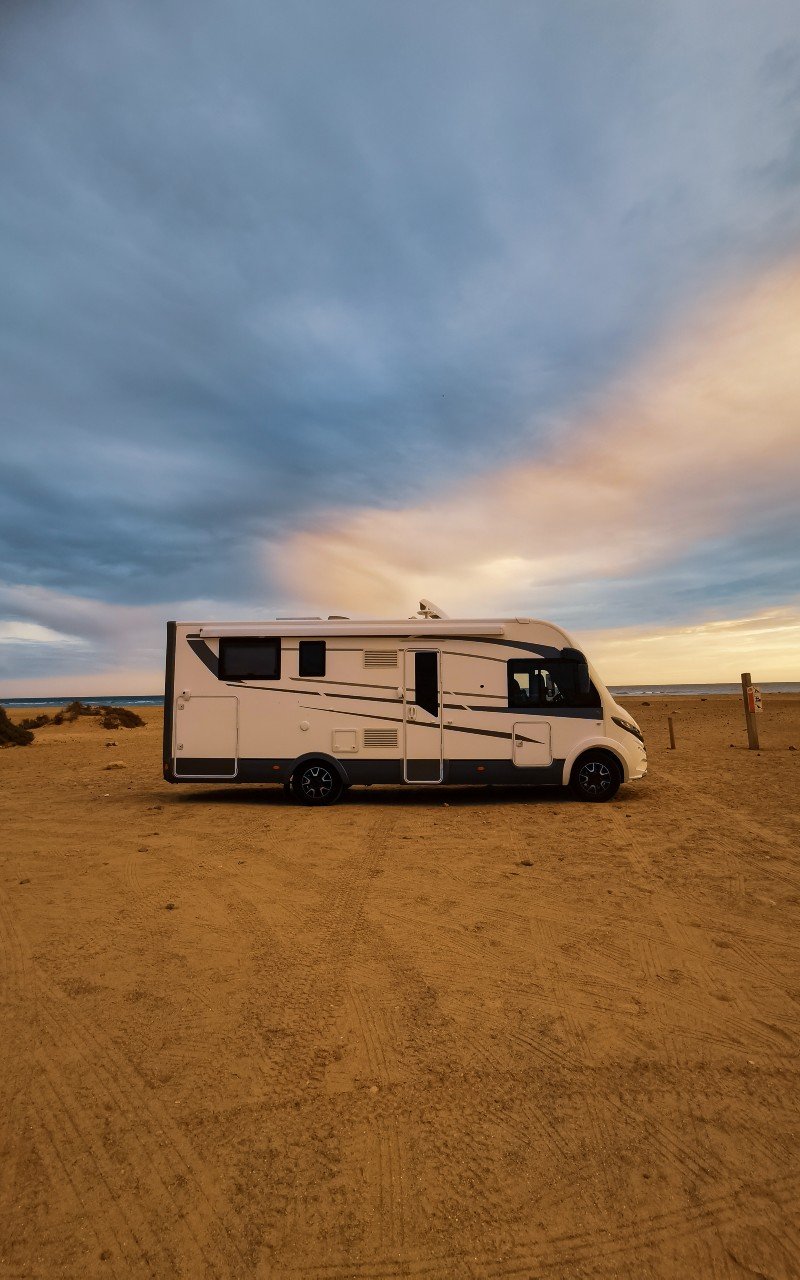
Starlink has revolutionized remote camping connectivity, with confirmed working locations across the western U.S. offering 50-200 Mbps speeds for digital nomads and remote workers.
The launch of the portable Starlink Mini in late 2024 significantly reduced power consumption (25-40W vs 75W), making off-grid internet more accessible than ever.
The most game-changing development is power efficiency improvements and expanded coverage. With over 6,750 satellites now operational and new beam-switching technology reducing obstruction issues, Starlink works reliably in remote locations where cellular service fails completely.
Confirmed Boondocking Locations With Working Starlink Connectivity
Real-world testing by RV communities in 2024-2025 has identified numerous reliable spots across the western United States. These locations have been verified by multiple users with specific GPS coordinates and performance data.
i. Colorado Hotspots
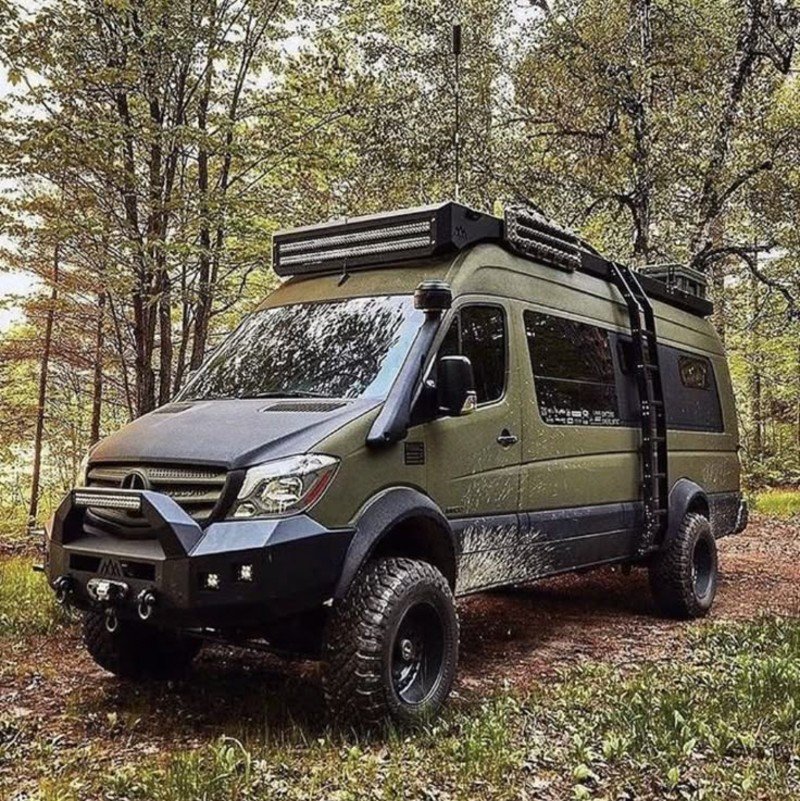
Include Durfield Dispersed Camping near Bayfield (37.2265970, -107.6950090), where campers report excellent connectivity at 7,086 feet with seasonal access from April 30 through November 30. The location offers wide open sky views ideal for satellite reception.
ii. Utah’s Desert Regions
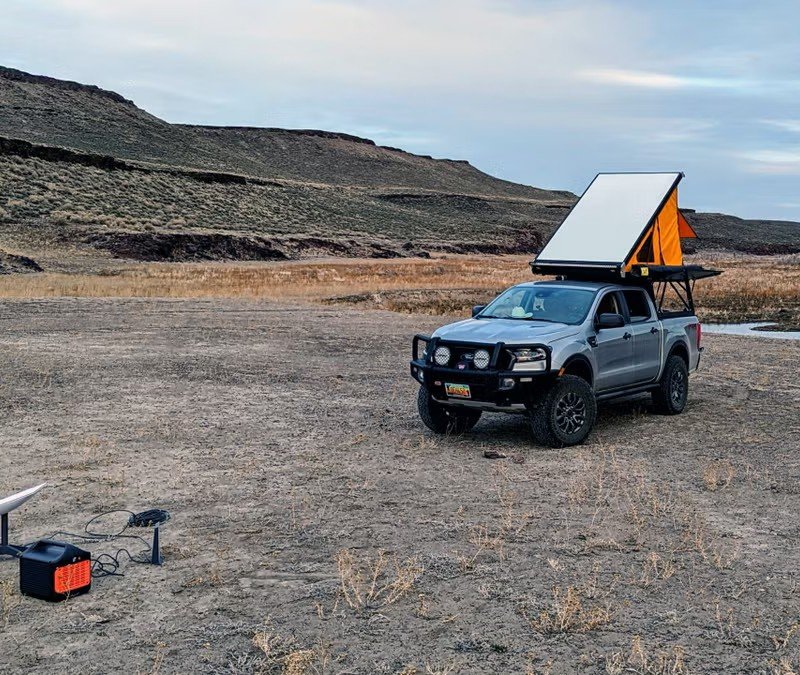
Excel for Starlink performance. BLM 144 near Arches National Park (38°52’51.5″N 109°48’21.7″W) provides unlimited space to position RVs for optimal satellite access.
Hole in the Rock Road dispersed camping near Escalante offers multiple sites with confirmed connectivity, while Miners Canyon near Saratoga Springs (40.1992, -111.8862) combines Starlink capability with strong 5G cellular backup.
iii. Wyoming’s High Country
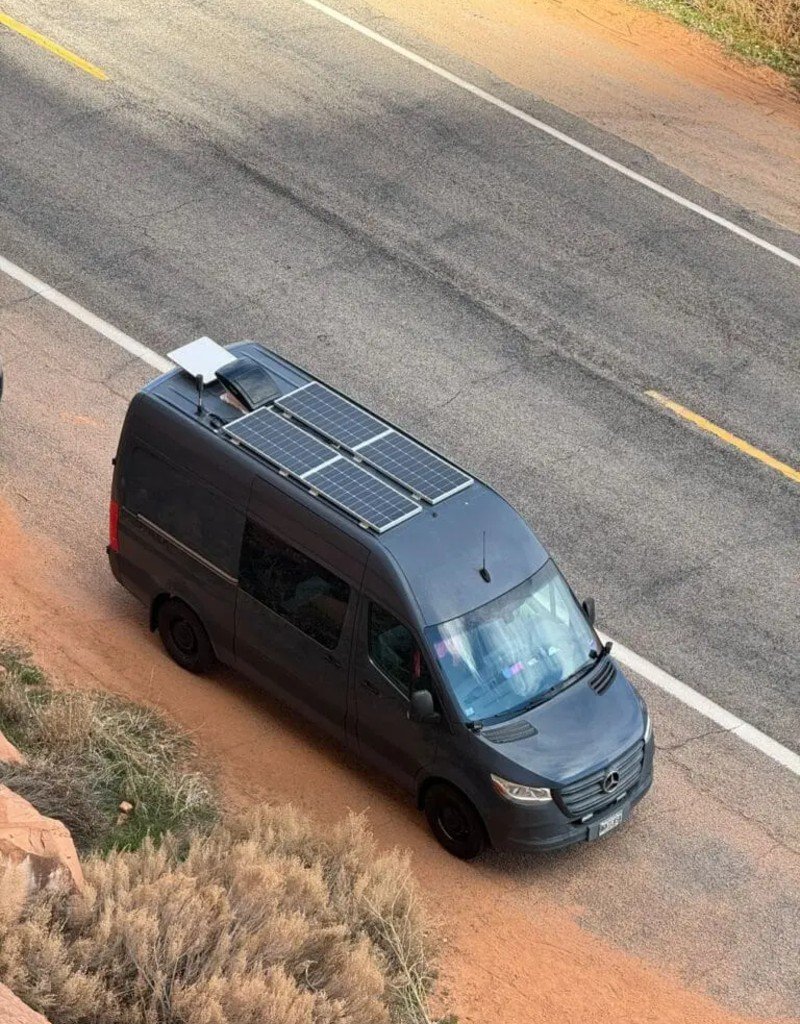
Delivers exceptional performance at Cody BLM Dispersed areas, where the wide open terrain and elevation create “perfect conditions for solar and Starlink.” These sites accommodate any RV size with excellent views and minimal obstructions.
iv. Arizona’s Destinations
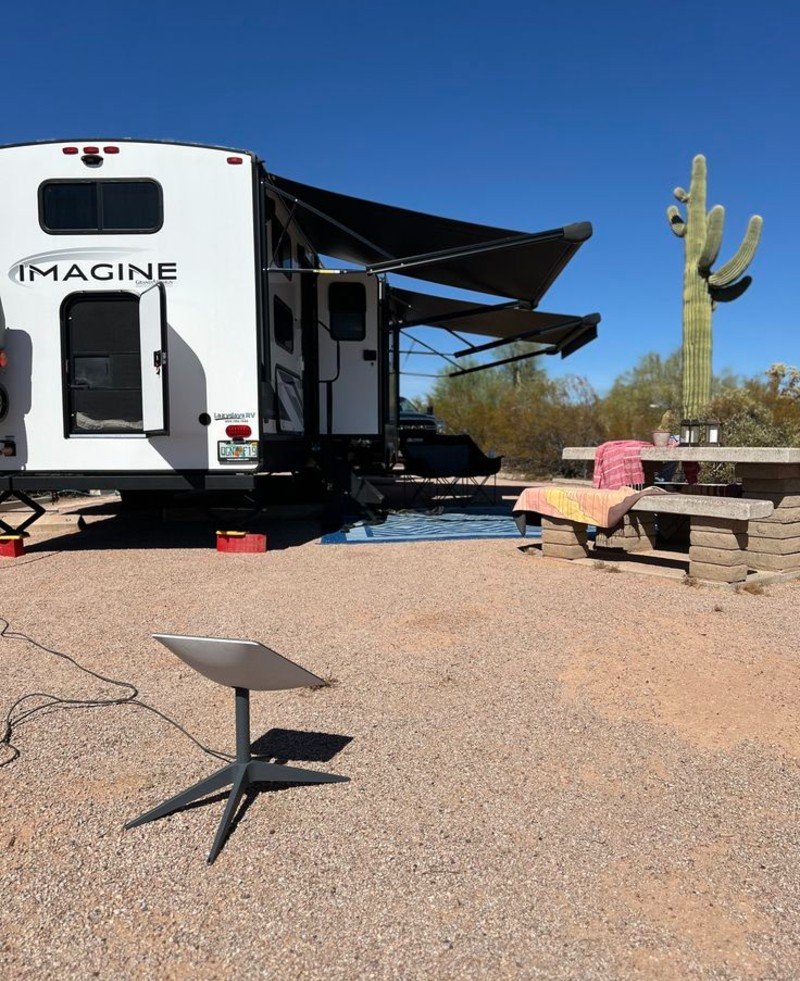
Shine for Starlink performance. The famous Quartzsite BLM areas host thousands of RVers annually with confirmed connectivity throughout the La Posa LTVAs and surrounding dispersed areas.
The Steps near Lake Havasu City (34.3383769, 114.1371791) provide elevated sites with zero obstructions for both Starlink and solar panels.
v. Idaho and Oregon Locations
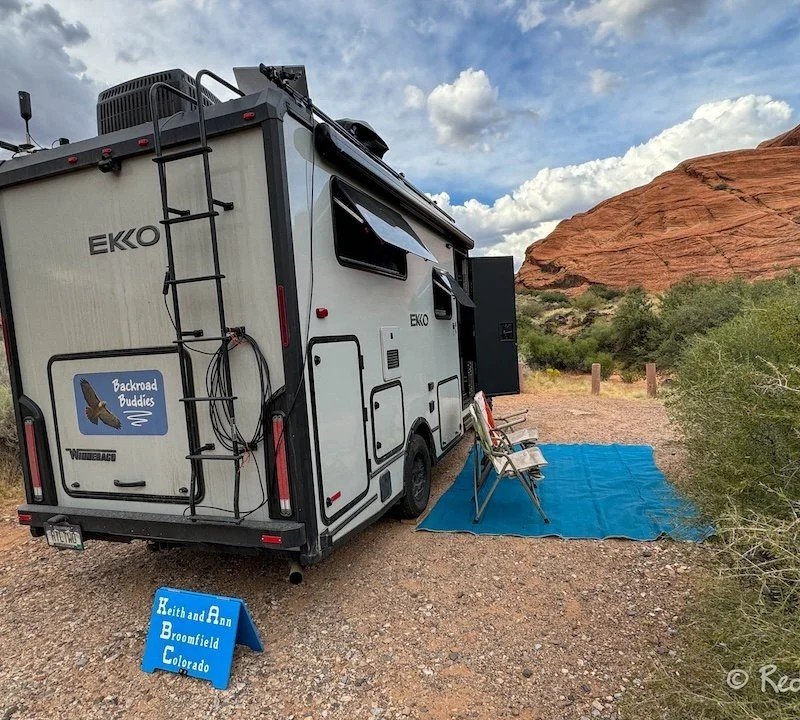
Offer seasonal alternatives. Wolf Flats along Burns Creek Road (43°36’11.1″N 111°38’48.5″W) and Crystal Creek in Ochoco National Forest provide forest service access with adequate sky clearance, though Oregon locations may require careful positioning to avoid tree interference.
Current Starlink Equipment and Performance Data
The Starlink Mini ($599) has emerged as the top choice for boondockers, consuming just 25-40W compared to 75-100W for the standard dish.
This laptop-sized unit includes built-in WiFi and DC power input, making it ideal for solar-powered setups. Real-world testing shows 50-200 Mbps download speeds with 3-20 Mbps upload capabilities.
i. Service Plan Changes In 2024-2025
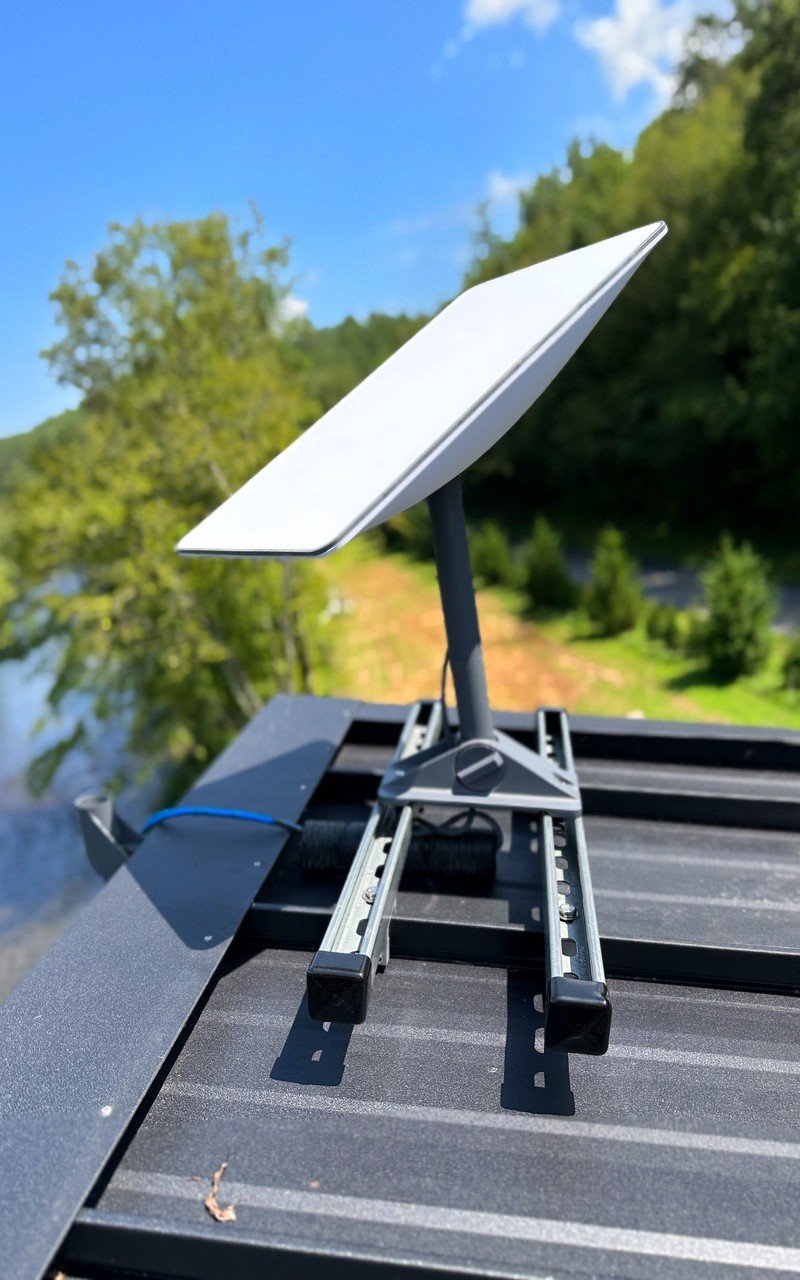
Include the new Roam 50GB plan at $50/month and Roam Unlimited at $165/month. The previous free pause option was replaced with a $5/month standby mode in August 2025.
These plans allow in-motion use up to 100 MPH and nationwide coverage, including coastal waters.
ii. Power Requirements

Demand careful planning. The Mini uses 400-450 Wh daily, requiring a minimum of 200Ah lithium batteries with 400W solar panels for continuous operation.
Performance varies by location, with western desert areas achieving 100+ Mbps consistently while forested regions show degraded performance due to obstruction issues.
iii. Network Improvements In 2024-2025
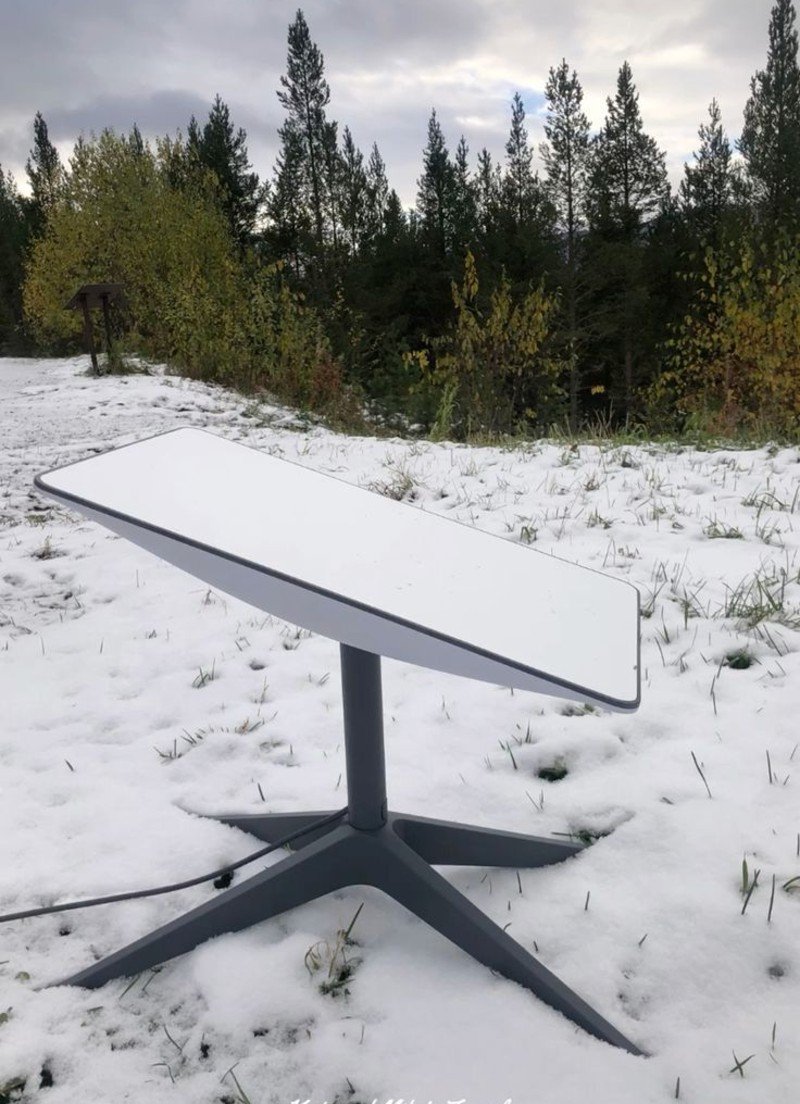
Include 30% latency reduction (now 25-50ms typical), beam-switching technology to maintain connections despite partial obstructions, and expanded polar coverage with 400+ additional satellites serving Alaska and northern regions.
Community Insights and Ranger Guidance
RV communities report widespread adoption with minimal regulatory issues. Reddit forums r/boondocking and r/Starlink document successful installations across popular camping areas, with users sharing specific GPS coordinates and performance data.
The CheapRVLiving and iRV2 forums maintain active discussions about power solutions and mounting systems.
i. Park Service Policies

Remain neutral toward satellite internet equipment. National Forest Service, BLM, and National Park Service regulations classify portable Starlink dishes as personal camping equipment, requiring no special permits for temporary camping use. Over 140 National Park sites already provide public WiFi, indicating acceptance of connectivity needs.
ii. Community-Reported Challenges
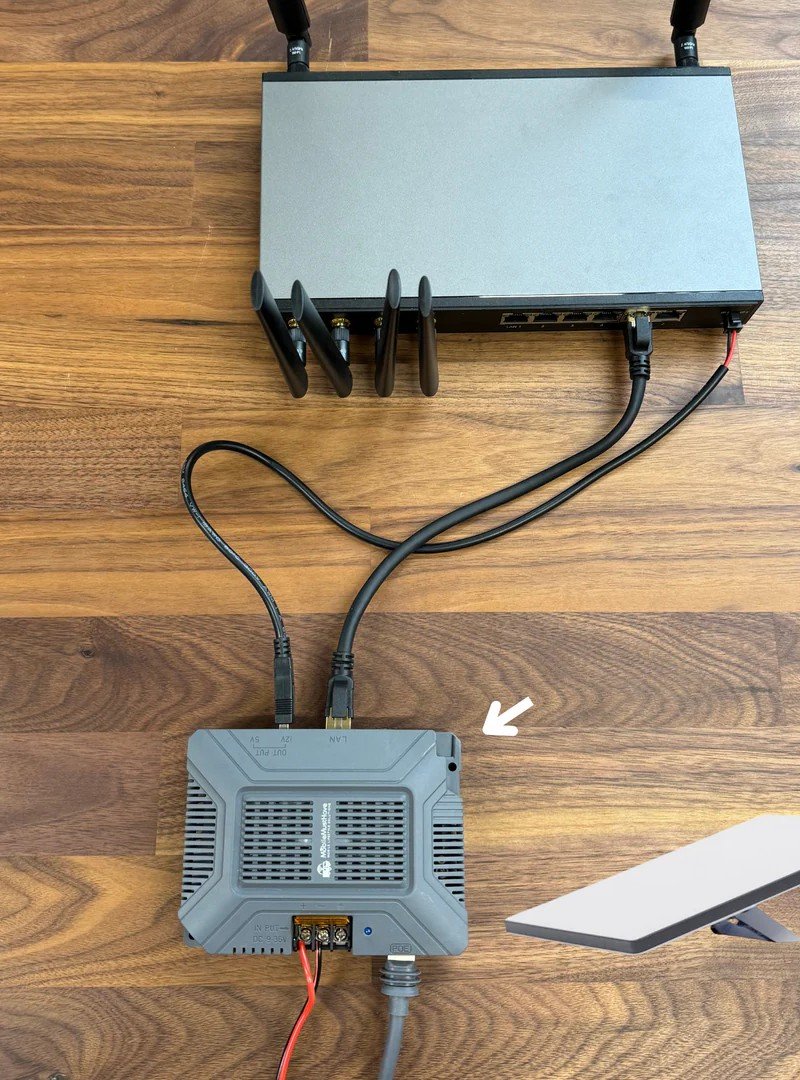
Focus on power management and positioning. Users recommend 12V DC conversion kits to eliminate inverter losses, telescoping pole systems for tree clearance, and a minimum 200Ah lithium battery system for reliable daily operation.
Weather resistance has proven excellent, with built-in snow melting and rain operation capabilities.
Technical Specifications And Setup Recommendations
i. Hardware Selection
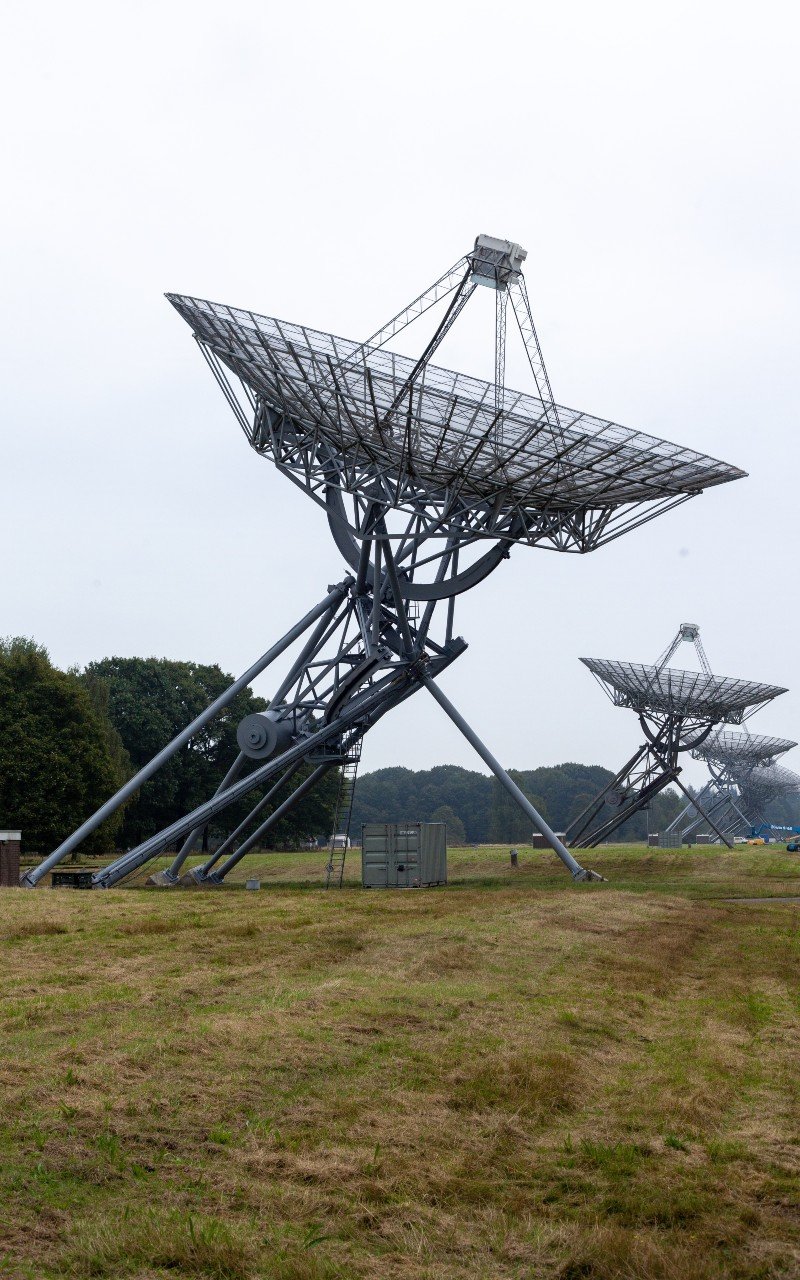
Depends on usage patterns. Weekend campers succeed with Starlink Mini and 50GB plans, while full-time RVers typically choose standard dishes with unlimited plans.
The new Performance Kit ($2,500) offers gigabit potential starting in 2026, but exceeds most camping needs.
ii. Installation Best Practices
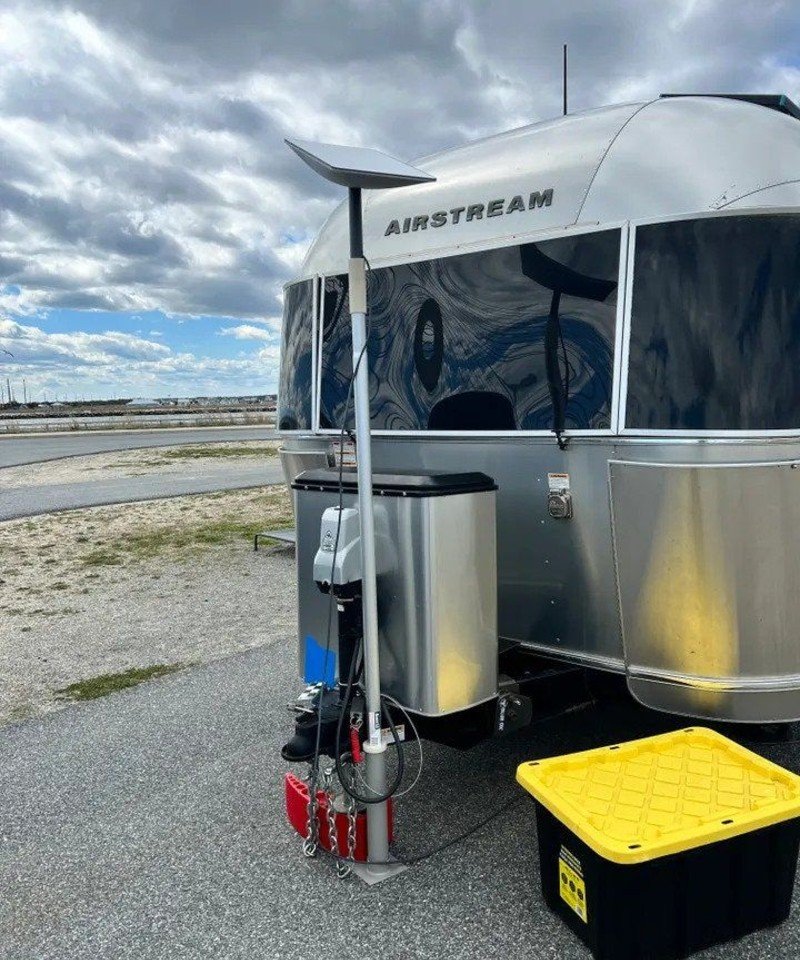
Emphasize flexibility over permanent mounting. Successful setups use telescoping poles (15-25 feet) for tree clearance, weatherproof cable entry systems, and portable ground positioning for optimal satellite access.
The Starlink app provides obstruction analysis to verify sky clearance before setup.
iii. Power System Requirements
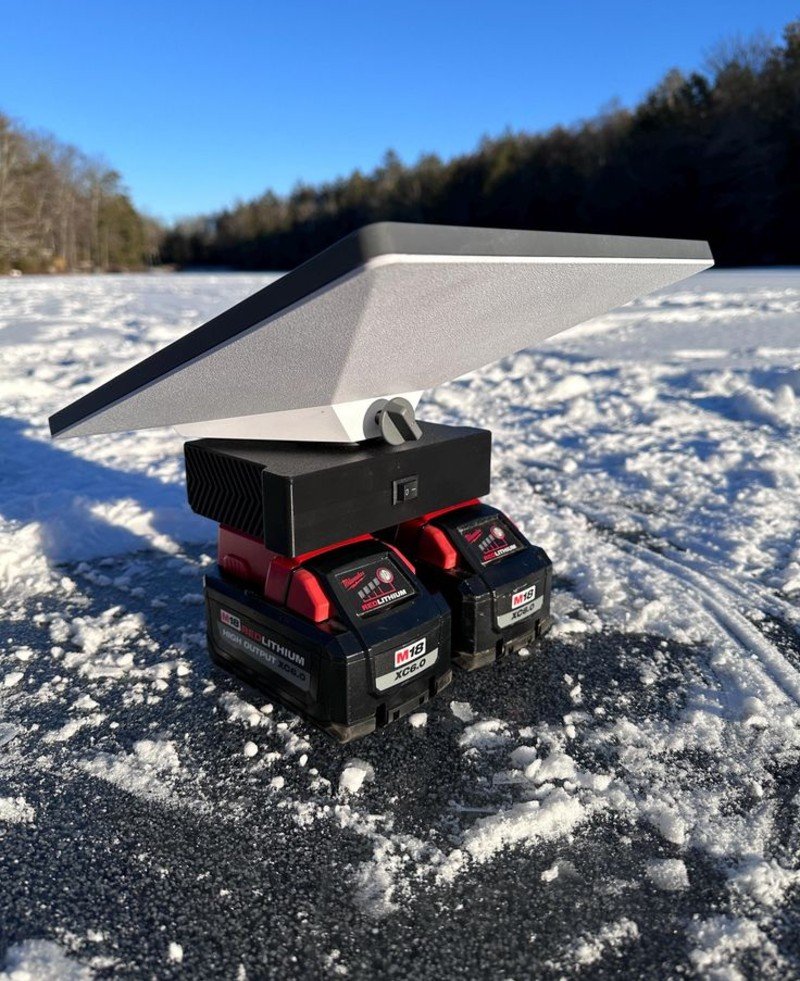
Scale with usage intensity. Minimum viable systems include 256Wh power stations for Mini units providing 8-hour runtime.
Recommended setups feature 1000Wh+ battery banks with 400W+ solar arrays for continuous operation. DC power conversion improves efficiency by eliminating inverter losses.
iv. Mounting Solutions
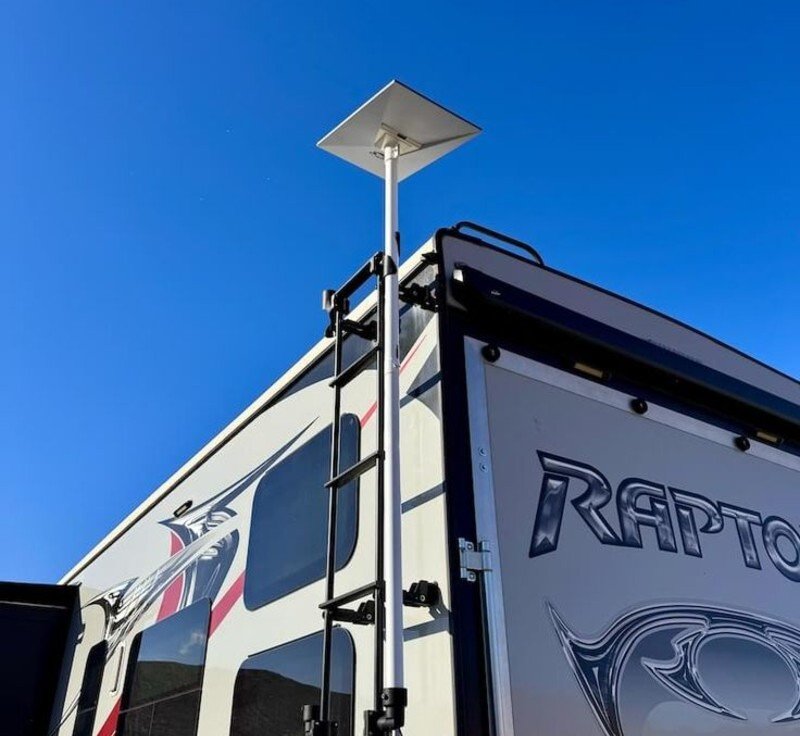
Range from simple tripod systems to sophisticated roof installations. Popular options include FlagPole Buddy Gen 3 ladder mounts ($200-300), custom roof brackets for permanent installations, and traffic cone tripod systems for temporary ground deployment.
Regulatory Compliance and Practical Considerations
i. Federal Land Use
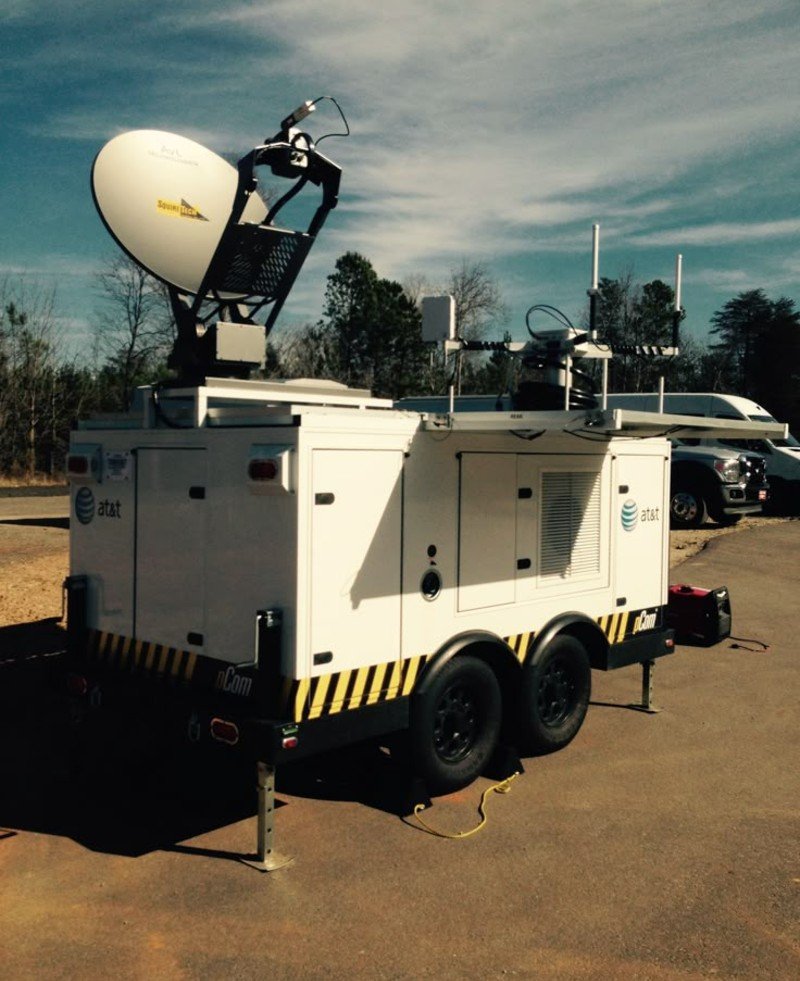
Requires no additional permits beyond standard camping authorization. USFS regulation 36 CFR 261.10(a) prohibits permanent communication installations but explicitly exempts personal camping equipment.
BLM and National Park policies similarly treat portable satellite internet as standard camping gear.
ii. No Enforcement Issues
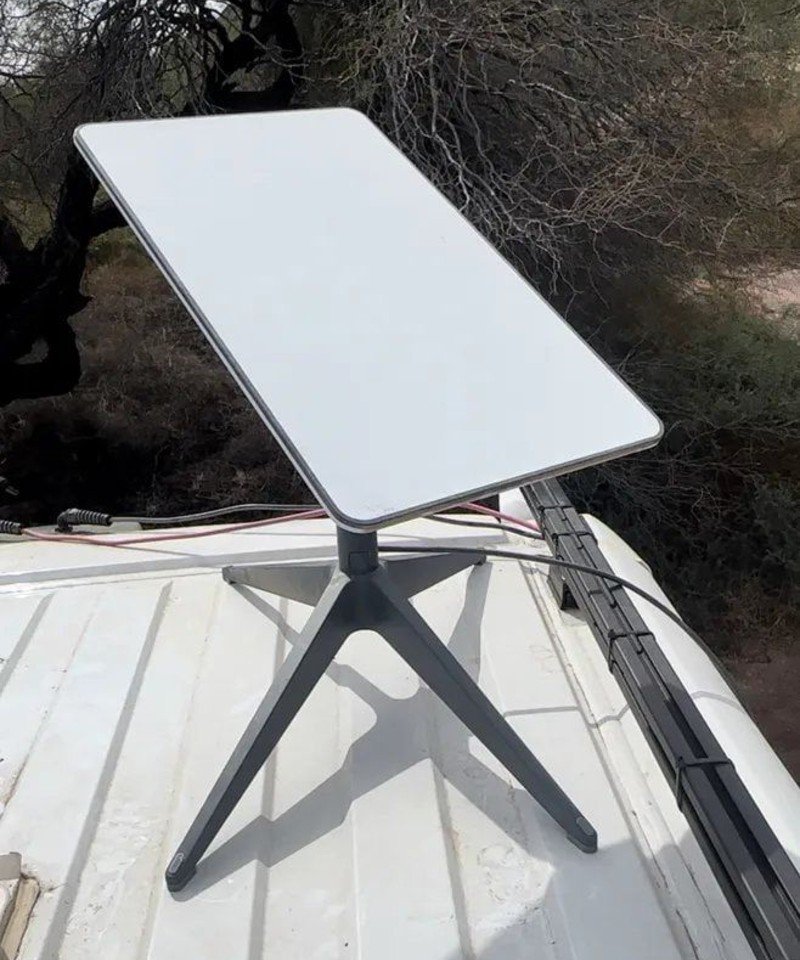
It has emerged despite widespread adoption. An estimated 40% of campers at popular locations now use Starlink equipment without regulatory challenges. Leave No Trace principles apply; equipment must be removed when leaving camping areas.
iii. Security Considerations
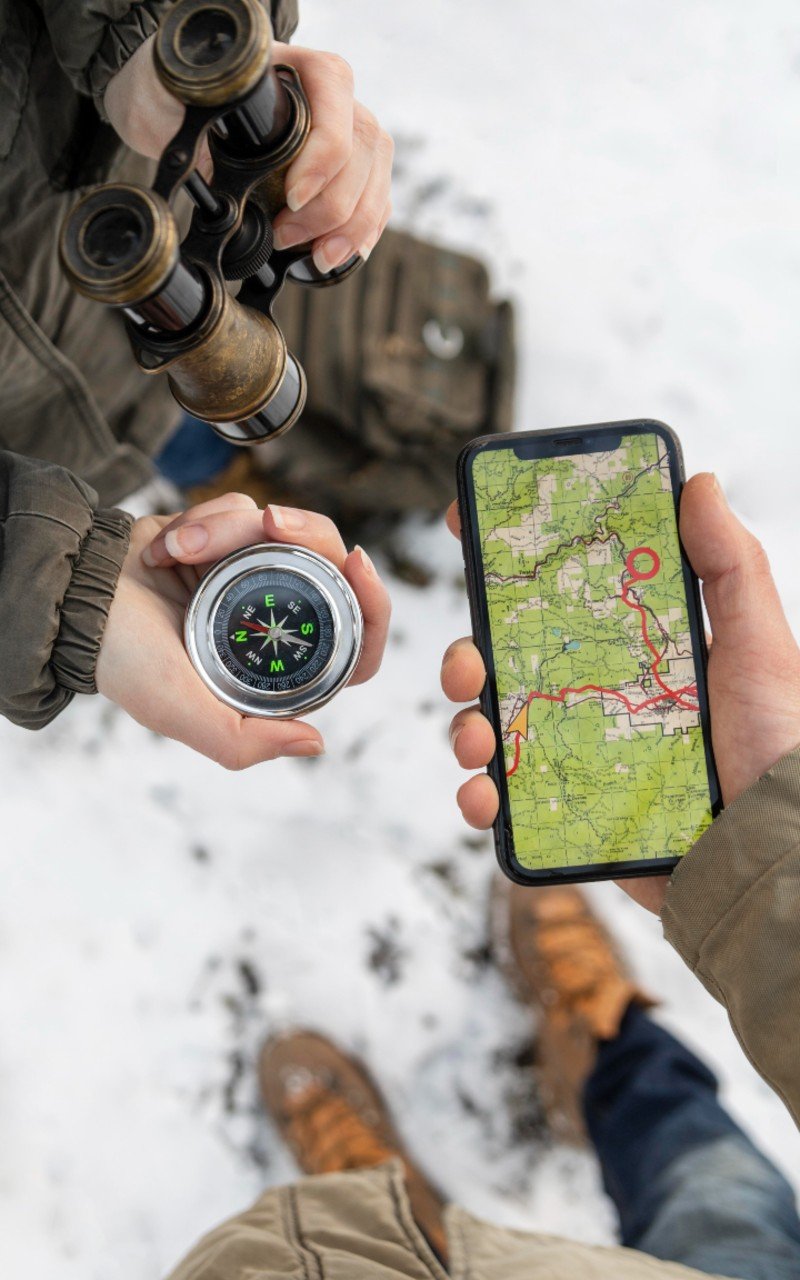
Include theft prevention (equipment values $300-2,500), network security through password changes and VPN use, and GPS tracking through built-in Starlink systems. Cable locks and vibration alarms provide basic theft protection.
The 2024-2025 Improvements In Power Efficiency
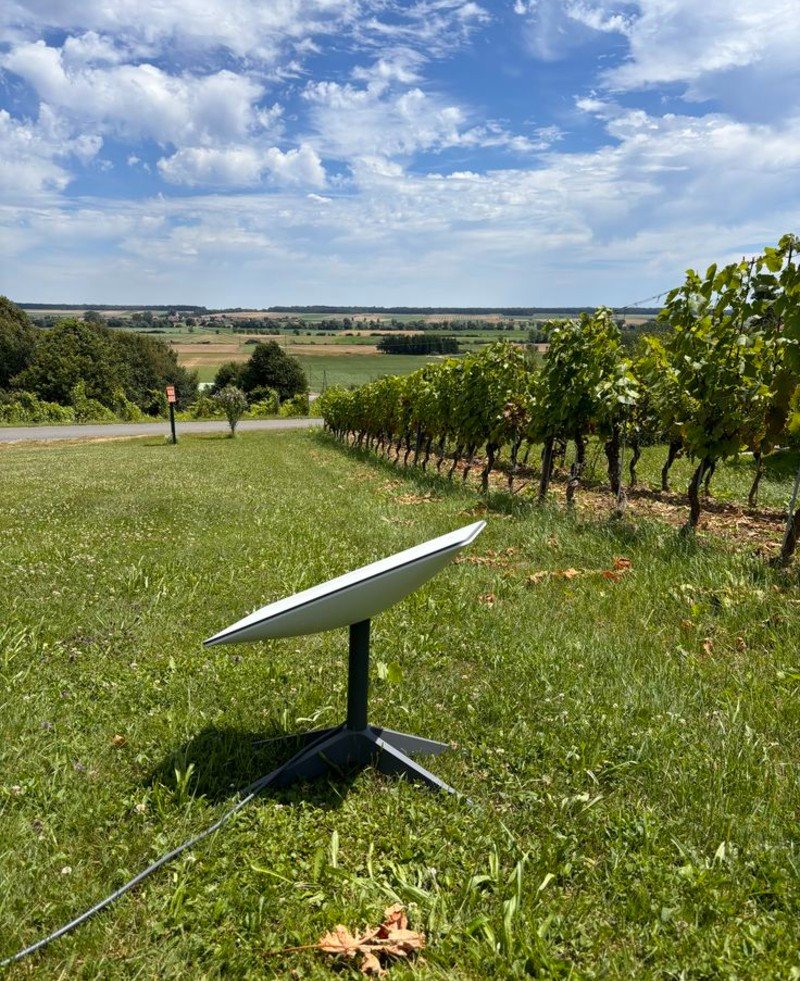
Starlink has matured into a reliable boondocking solution with documented success at dozens of specific locations across the American West. The 2024-2025 improvements in power efficiency, coverage expansion, and community knowledge-sharing have eliminated most technical barriers.
Success depends on three critical factors: adequate power systems (minimum 400W solar with 200Ah batteries), clear northern sky access, and proper equipment selection for intended usage patterns.
The regulatory environment remains favorable, with no permits required for personal camping use on federal lands. Community resources provide extensive location-specific guidance, making it easier than ever to plan successful remote camping trips with reliable internet connectivity.
For 2025 travel planning, focus on western desert regions and high-elevation locations with minimal tree coverage for optimal performance.
FAQs
Does Starlink really work at remote camping spots?
Yes. Real campers tested Starlink at 23+ confirmed locations across the western US in 2024-2025. You get 50-200 Mbps download speeds at places like BLM 144 near Arches National Park and Durfield Dispersed Camping in Colorado. The new Starlink Mini works best for camping because it uses less power.
What equipment do I need to use Starlink while boondocking?
You need three things: the Starlink dish ($299-599), a data plan ($50-165/month), and enough power to run it. The Starlink Mini uses 25-40 watts. That means you need at least 200Ah lithium batteries and 400W solar panels to run it all day.
Can I legally use Starlink equipment on public campgrounds?
Yes. No permits needed. The Forest Service, BLM, and National Parks treat portable Starlink dishes like regular camping gear. You can set it up at any legal camping spot on federal land.
Which camping spots have the best Starlink performance?
Western desert locations work best. Top spots include Quartzsite, Arizona (winter), BLM 144 near Arches, Utah, and Cody BLM areas in Wyoming. These places have wide open skies and minimal trees. Mountain and forest locations can work, but you might need to position your RV carefully or use a tall pole to clear trees.

